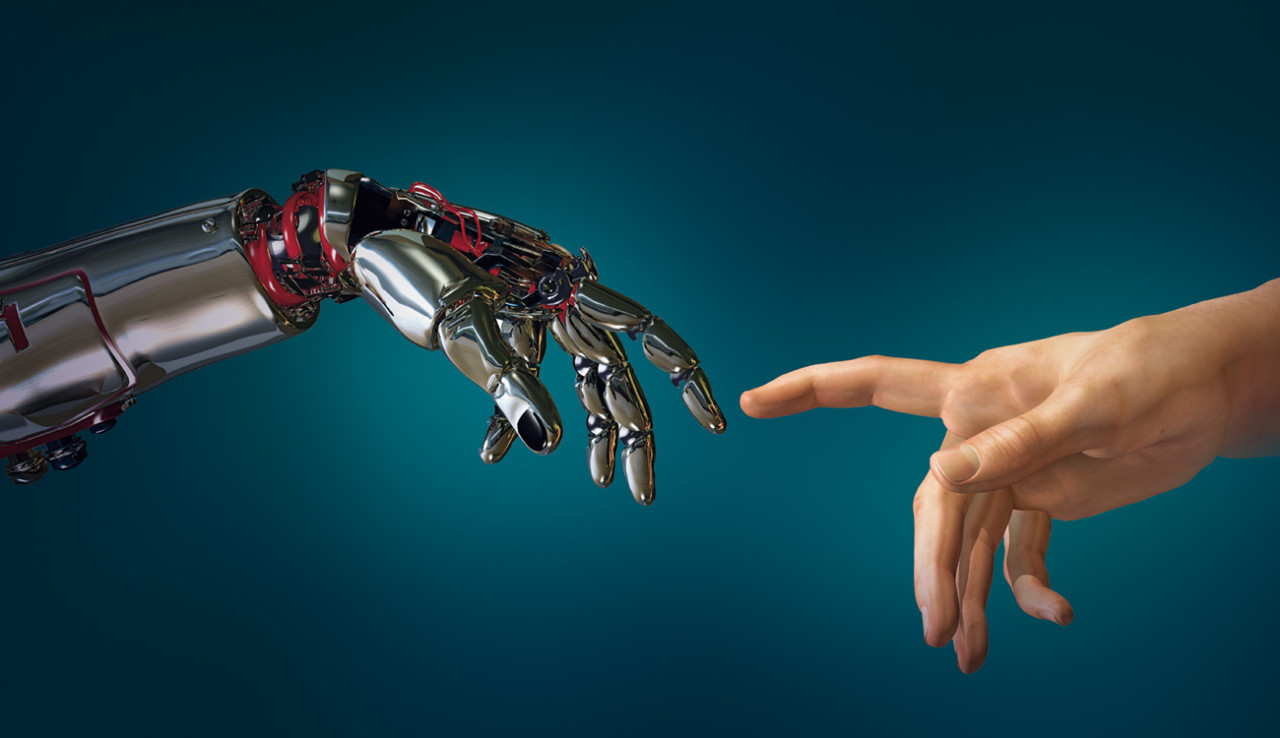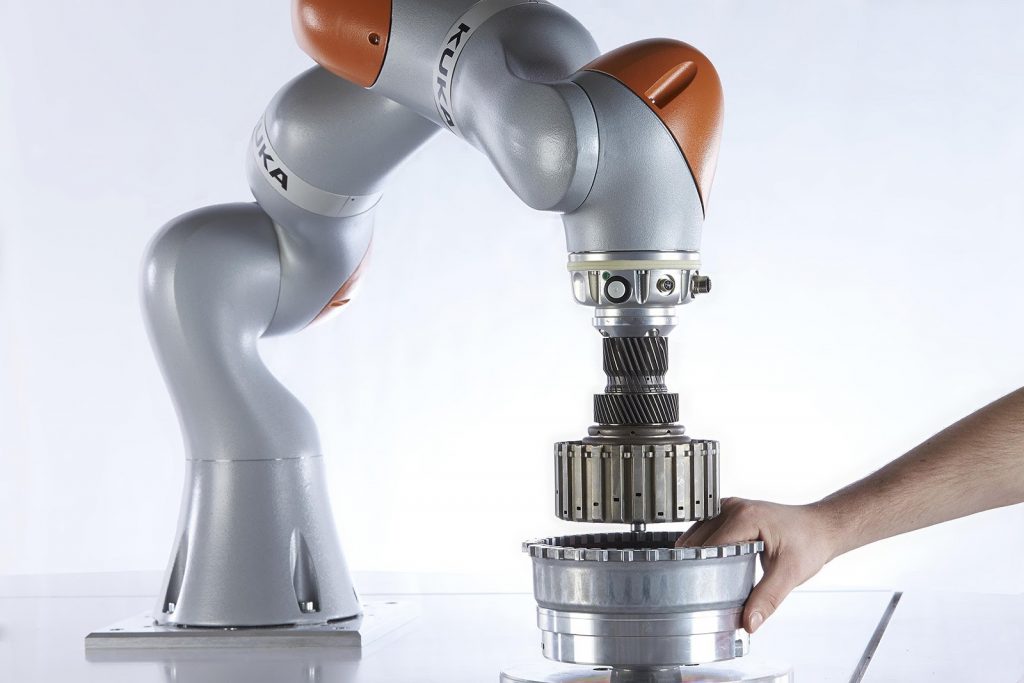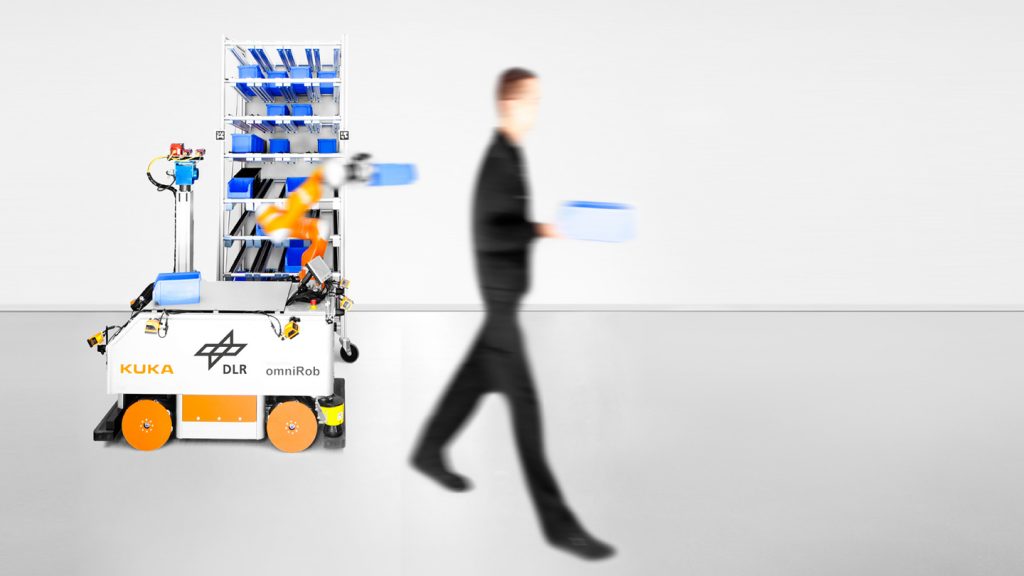The concept of cobots (collective robots) loomed in 1995 within the framework of a research project piloted by the General Motors Foundation.
The project was driven by the idea to create safe robots that could literally work hand in hand with people. Twenty years later, the cobots found their decent place in many enterprises, as well as in the consciousness of the society. Nevertheless, not everyone can name the main disparities between cobots and robots. But we can try.
1. Cobots collaborate in the “human-machine” squad.
Classic industrial robots represent force-stations that perform the work that is programmed in their software and are not designed to contact people. In order to prevent injuries in the workplace, the robots must be isolated with the preventive fences and cages.
On the contrary, cobots are specially designed to work in contact with people, and there is no need to close them in protective fences. The main task of cobots is to assist people in solving difficult tasks that cannot be completely automated. For example, they can transfer parts to a human who performs more accurate assembly and product quality assurance.
2. Robots exclude hazards at workplace.
Robots replace people in the tasks that can be hazardous, such as: transporting of sharp or hot parts, risky connecting works.
Such a distribution in work results in fewer accidents and extricates workers for not traumatic tasks.
3. Cobots confess “smart” and safe behaviour.
The cobots are designed to work in collaboration with their fellow-humans.
Thanks to complex sensors, cobots stop at the slightest touch to a human, and cannot cause any accidents at the enterprise. Producers do not have to puzzle out closed areas and safety fences any longer!
4. Cobots are extremely flexible and self-educating.
The cobots are very easy to program. Unlike traditional industrial robots, that require specialized programming expertise, some models of cobots even learn independently. For example, a technician is performing movement using a cobot’s manipulator, cobot would learn the movement, and then reproduce it itself.
Other systems can be given work instructions even without coding, just via graphical user interface (GUI). Thus, employees can easily reprogram the cobots themselves and widely exploit them for a variety of tasks.
5. Cobots are mobile.
Not only can the cobots be easily reprogrammed, they are also relatively easy to carry and use in different areas of production line.
Most of the cobots can be mounted on any surface – horizontal, vertical, and even on the ceiling. And they are often light enough for only one person to carry.
Presently, the cobots are the hit of the show. If you would like to estimate their features yourself you can fill out the form, and our manager will make an informative tour for you.





